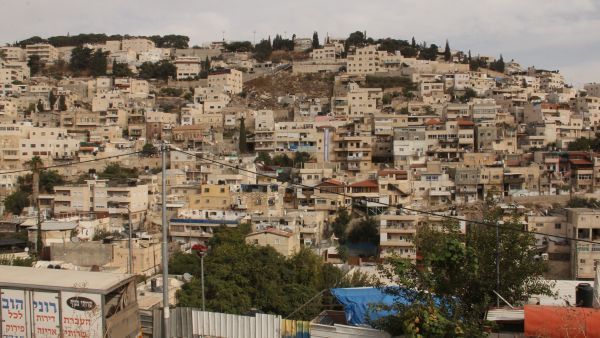In an article published in the Investigative Reporters and Editors Journal, Pulitzer Center grantee Uri Blau details the investigative process of his story, “From the U.S. to Israel: Follow the Money.” Blau’s reporting follows money trails from American non-profits to occupying Israeli settlements in the West Bank. Blau’s reporting, which was originally published in Israeli newspaper Haaretz and was highlighted by international publications such as the Washington Post and The Jordan Times, uncovered over $280 million dollars in tax-exempt support for these settlements flowing from the U.S. to Israel.
As Blau describes in his article, the fact that these donations are tax exempt and tax deductible is significant as their support directly contradicts the United States’ official stance on the settlements. “It means the U.S. government and American taxpayers are indirectly subsidizing activities that are strongly opposed by the U.S. administration," Blau explains in Investigative Reporters and Editors Journal. "American presidents have repeatedly defined the settlements as an ‘obstacle to peace,’ yet hundreds of millions of dollars flow from the United States’ backyard to support this very ‘obstacle.’”
Although Blau has been reporting in Israel and the West Bank for years, he credits his ability to pursue this line of investigation to the Pulitzer Center, where he went to make sure he had the “time and financial support” he needed to complete a thorough investigation. Blau put his Pulitzer grant money into accessing records from the non-profits and the Israeli Ministry of Justice, as well as into taking trips across the “Green Line”—the demarcation line that separates the Israeli military zones from Palestine—to settlements such as Hebron, in order explore the path of the money and to determine what exactly it was used to support. In addition to the $280 million passed along by 50 American non-profits through their Israeli counterparts, Blau found that the money was being used, not just for synagogues and schools, but as financial assistance for family members of felons and as legal aid to Israeli soldiers on trial. And although the Israeli government requires financial transparency from non-profits, the routes the money took were opaque and evasive.
The result of Blau’s reporting was a series in Haaretz, but Blau wanted the story to go wider. “From the very beginning of this reporting, I was thinking about how to communicate my findings,” he wrote. “I thought a lot about how to give the reader an engaging and interesting experience and how to use social media to reach as wide an audience as possible.” As a result, Blau filmed as he investigated. He took GoPro and DSLR footage as he explored settlements and kept his Twitter and Facebook page updated with clips that gave readers a sense of place, as well as doing Periscope livestreams while reporting. Once Blau returned to the U.S. he was able to use his footage and stills to compile a Meet the Journalist video for the Pulitzer Center, which provides a comprehensive overview of the project.
Blau’s reporting found an audience across platforms and news outlets, and motivated change. His series prompted action by anti-settlement organizations, as well as American citizens who decided to take legal action as a response to the U.S. Treasury’s involvement.
